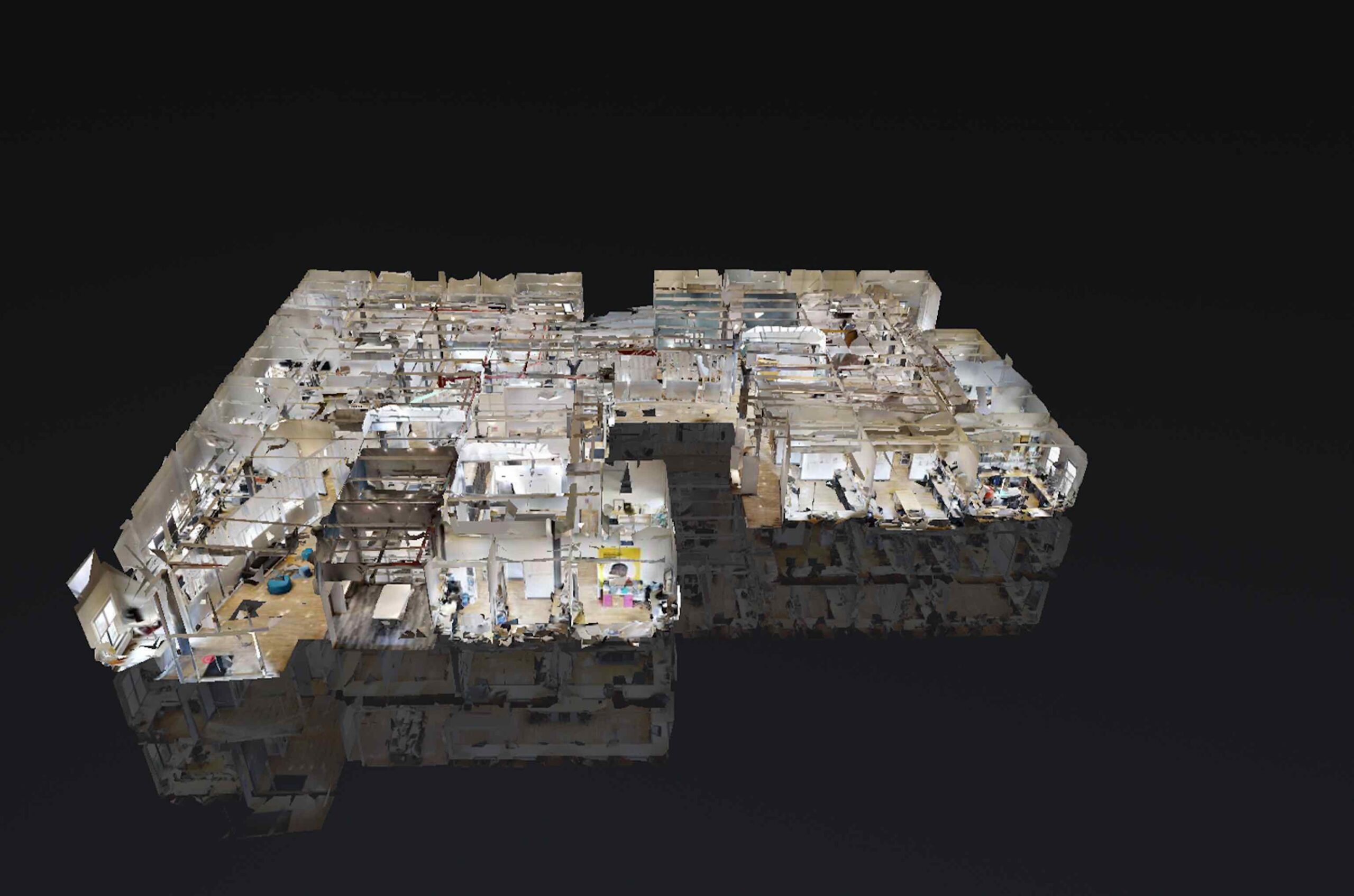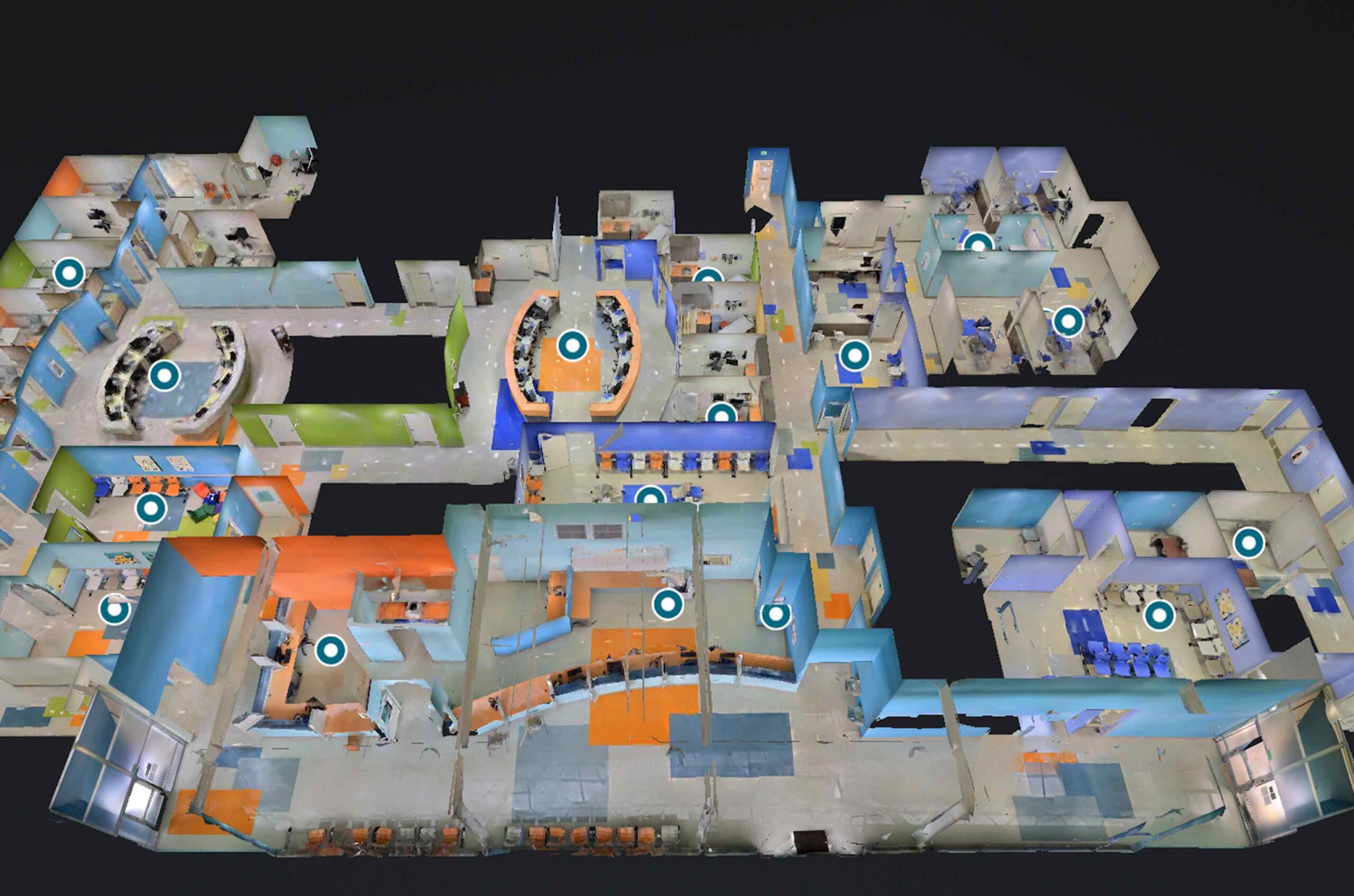Museums are an important part of our cultural heritage, and they offer a wealth of knowledge and insights into the world around us. But for many people, visiting a museum in person may not always be possible due to geographical barriers, time constraints, or mobility issues. This is where 360 virtual tours come in, providing a unique and immersive way to experience museums from the comfort of your own home. In this blog post, we will explore the benefits of using 360 virtual tours for museums and how they can enhance the visitor experience.
- Increased Accessibility: 360 virtual tours make museums more accessible to people who might not be able to visit them in person. This includes those who live in remote areas, have mobility issues, or simply cannot travel to the museum due to time constraints. With 360 virtual tours, anyone with an internet connection can experience the museum as if they were there in person, giving them access to exhibits and information that they might not have been able to experience otherwise.
- Immersive Experience: One of the most significant advantages of 360 virtual tours is the immersive experience they offer. Visitors can navigate through the museum exhibits, zoom in on artworks, and learn about the exhibits from the comfort of their own homes. This allows them to take their time and absorb information without feeling rushed, making it a more enjoyable and engaging experience.
- Enhanced Learning: 360 virtual tours can be a valuable educational tool, especially for students who may not be able to visit museums in person. With interactive features, virtual tours can offer more in-depth information about exhibits and artifacts than a traditional tour might. This can help visitors learn more about history, art, and science in a more interactive and engaging way.
- Improved Marketing: 360 virtual tours can be a great marketing tool for museums. By providing an immersive experience for potential visitors, they can generate interest and excitement about upcoming exhibits or events. Additionally, virtual tours can help museums reach a broader audience, attracting visitors from all over the world.
- Cost-Effective: Hosting a physical exhibition can be costly, from transportation to installation to insurance. Virtual tours are a cost-effective alternative, allowing museums to reach a wider audience without incurring the same costs. Additionally, virtual tours can provide a more sustainable option, reducing the carbon footprint associated with physical exhibitions.
In conclusion, 360 virtual tours provide a valuable tool for museums to enhance the visitor experience, increase accessibility, and offer a more immersive and engaging learning experience. With the benefits outlined in this blog post, it’s clear that virtual tours can be a valuable addition to any museum’s marketing and outreach efforts. By embracing this technology, museums can reach a wider audience, attract new visitors, and promote a deeper appreciation of our cultural heritage.







